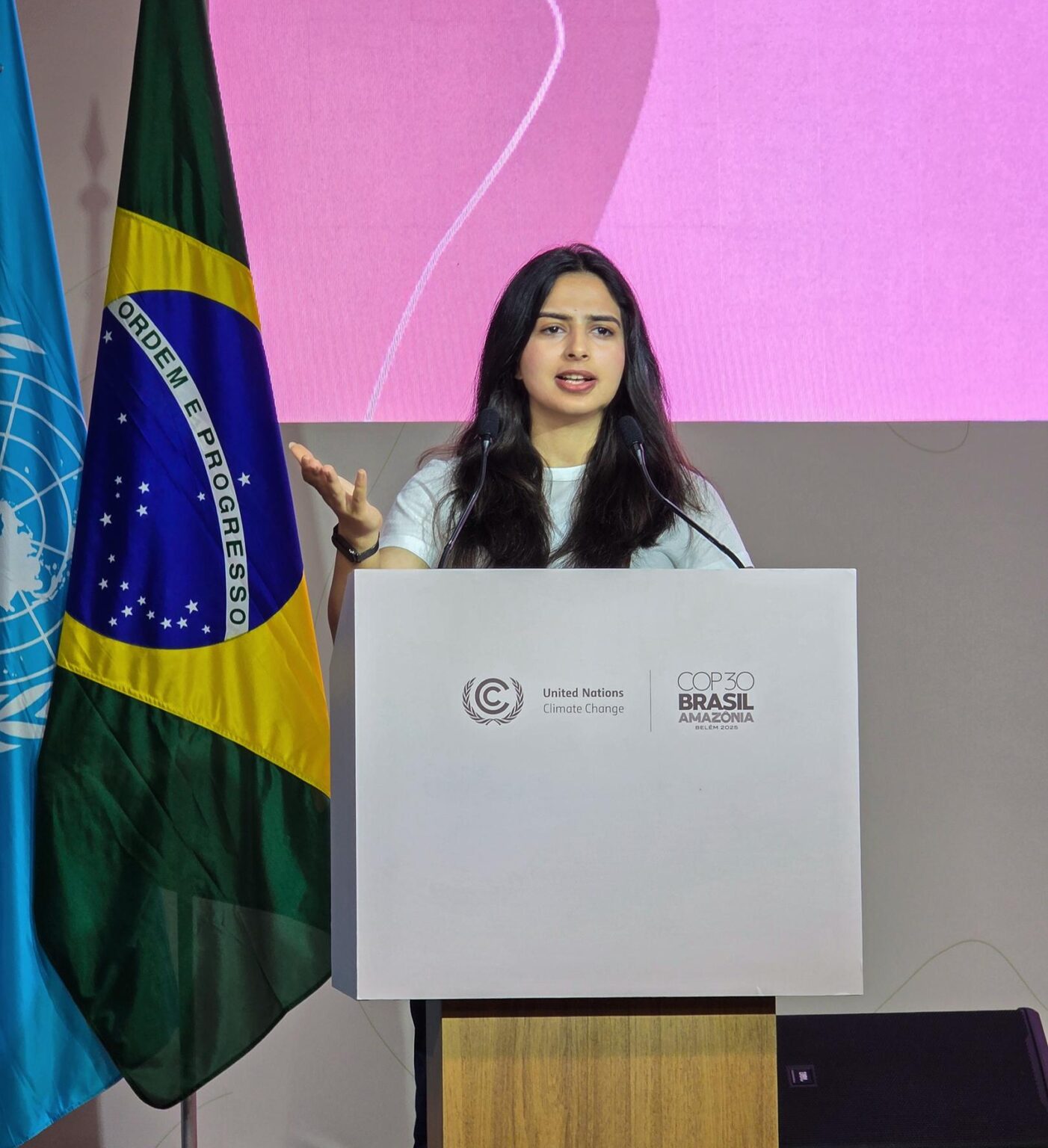Hailing from Texas, the excavation of a medieval British archaeological site is something I never would have expected to partake in. Additionally, as my main interests lie in the archaeology of Mesopotamia, I possess a dearth of knowledge on the medieval period, isolating myself from the prospect of uncovering its secrets. However, with the archaeology department’s 2022 training excavation taking place at the later medieval site of Bishop Auckland, I was going to need to get comfortable with the epoch. Said site once functioned as the residence of the Bishop of Durham during a period where religious authority was flying high, and warfare abounded within the nation.
Following in the footsteps of the Prince Bishops
For three weeks, the Auckland excavation became a lifestyle, one that was both incredibly rewarding and tiring at the same time. Waking at 8 every morning for a foggy breakfast within the great hall of Durham Castle, my days were steeped in the history of the Prince Bishops from the outset. After breakfast, my fellow student Jack Meadows and I, realising that speed-walking was futile, would proceed to sprint to Maiden Castle to catch the 9am bus to the site. Arriving not a moment too soon, we would collapse in our seats, panting like dogs on a hot summer’s day as the driver took a turn towards our destination. Once at Auckland, the excavation lead Professor Chris Gerrard would give a quick morning orientation on our goals for the day, and then it was off to the trenches with our tools. Said events quickly became routine as our cosmopolitan group of students began to hone our excavation skills, transitioning from neophytes to experienced apprentices by the end of the third week.

Making an exciting discovery
Throughout the excavation, each student was given opportunities to acquire different skills, including test pitting in a local’s backyard with Dr. Caroline Smith, or searching for a purported Roman road with Dr. Tudor Skinner by conducting an earth resistance survey. By the excavation’s end, I had learned how to identify, clean, and record different archaeological contexts and features, photograph a section of layers, and use an earth resistance probe. Though these skills are essential tools of the trade, I must say my favourite part of the excavation was mattocking and troweling layers of dirt in search of the site’s bounties. I was lucky enough to discover one of said bounties at the beginning of the excavation’s first week, uncovering what was likely the Bishop’s carriage road at the bottom of Professor Gerrard’s trench. Located just below the topsoil and covered with a layer of iron slag, the finely crafted Bishop’s road was quite an exciting find that set a precedent for the rest of the excavation.

Reflections on my first excavation
I must say that, though the locale was detached from my interests as an archaeologist, I greatly enjoyed the learning experience and excavation prowess I gained in my three weeks at Bishop Auckland. The field school was excellently run, and every student was given an opportunity to take part in different tasks that catered to their interests. Throughout the entirety of the academic year, I had been keen on the prospect of excavation, so it was fantastic to finally partake in one, especially with such a great department.
Discover more
About studying Archaeology at Durham here.
Download our latest prospectus and college guide here.
Follow our students on Instagram, TikTok and YouTube.








